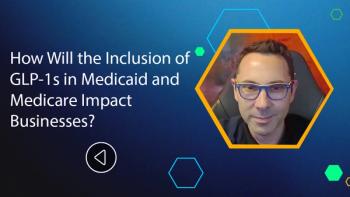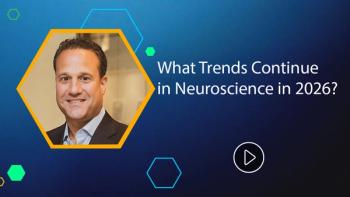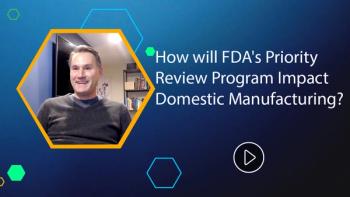
How Do Federated Data Networks Reduce Risk?
Noah Nasser discusses the importance of keeping data still.
Noah Nasser, CEO, Datma
Pharmaceutical Executive: How do federated data networks reduce risk?
Noah Nasser: From a risk reduction perspective, the client’s data never moves. The control of the data sets is left with the data steward itself. They can allow certain fields, and there can be field they don’t share with pharmaceutical companies.
For example, we have on data steward that is a faith-based organization that doesn’t want its data shared with companies doing next generation sequencing for pre-natal applications. They have full control where the data is used, how it’s attributed, and what data is shared with which querying entities. We have a health system that doesn’t NPI level information, they don’t want data traceable back to the individual level. Because they’re in full control and each node is independent, the querying entity can ask questions of the node and know exactly what they can get back.
They also know the data can be returned in real time. When we integrate into a data steward environment, we get a live feed of that healthcare data. It can be longitudinal in nature and include, genomics, biomarkers, images, DPHR information, etc.
PE: What is the importance of privacy-preserving architecture?
Nasser: It’s a critical component of RWD analytics. There’s a very complex data environment. There are sensitivities on the data-supply side as to what information gets shared. There’s a heightened concern on the supply side around what gets shared and how that happens.
On the consumption side, it’s very customer specific. A pharmaceutical company may want access to information that they may not be able to get. A payer may want genomic data that’s traceable back to an individual. It’s absolutely critical.
A key component of RWD is trust with the suppliers and consumers. If we’re not protecting privacy, writ large, then we’ll be out of business.
PE: Is collecting RWD more complicated in today’s world?
Nasser: Techniques like data federation start to reduce the burden and activation energy of collecting data. If we were trying to centralize data from multiple nodes, especially nodes with low data-gravity, there isn’t the ability to commercialize data sets directly.
There’s a barrier from that perspective, along with regulatory and privacy perspectives as well. Federation and similar tools reduce the barrier of energy to monetize data sets on the supply side. On the demand side, we’re often asked if companies can go around networks and access data directly.
PE: What barriers prevent researchers from accessing data from the correct patient -populations?
Nasser: There’s a variety. They come back to the silos in which healthcare data exists today. You’ve got a variety of silos where genomic data doesn’t necessarily talk with structural data. We’re facilitating that at scale. Companies can integrate those sets together.
Access to legacy systems doesn’t occur in an easy environment. A researcher trying to get different types of data must go to a variety of sources, and those sources can be very heterogeneous.
Newsletter
Lead with insight with the Pharmaceutical Executive newsletter, featuring strategic analysis, leadership trends, and market intelligence for biopharma decision-makers.





